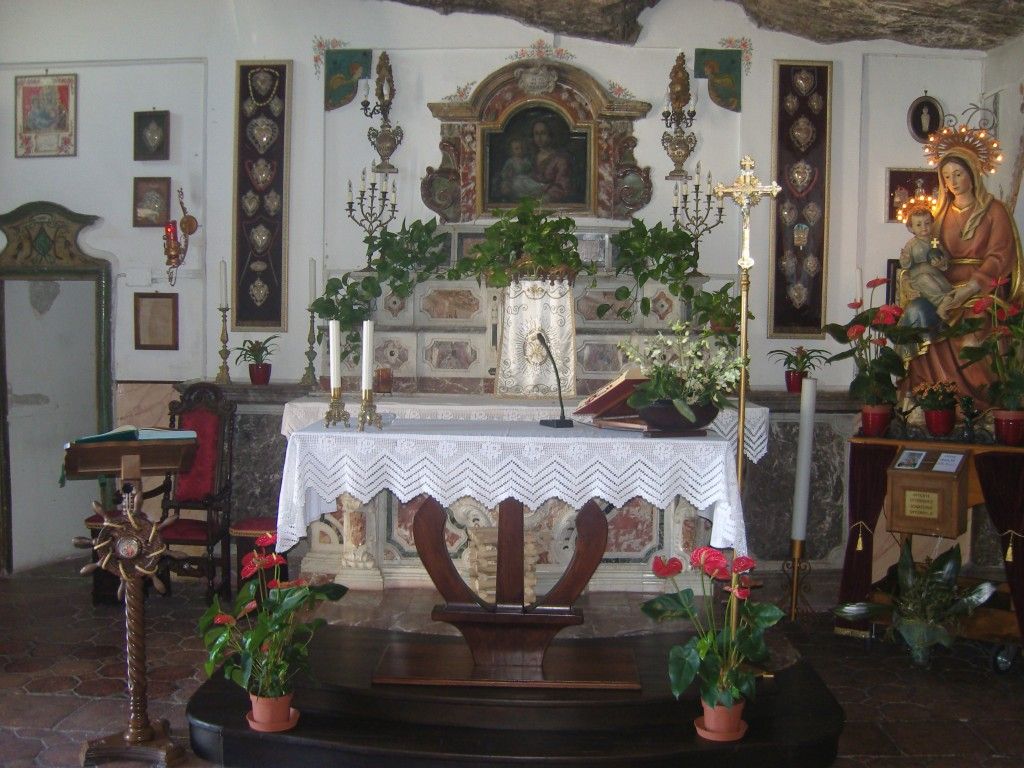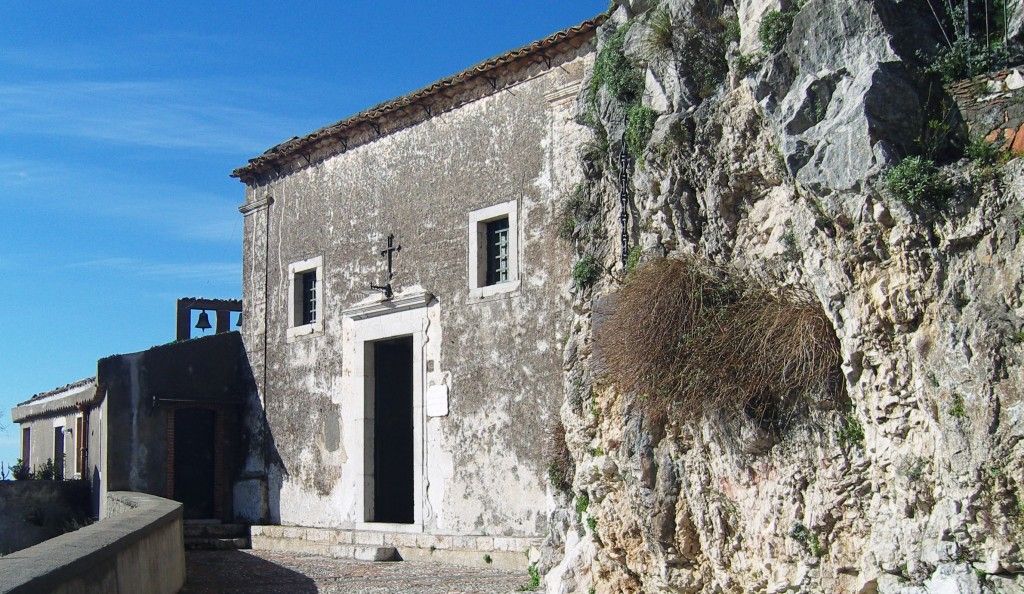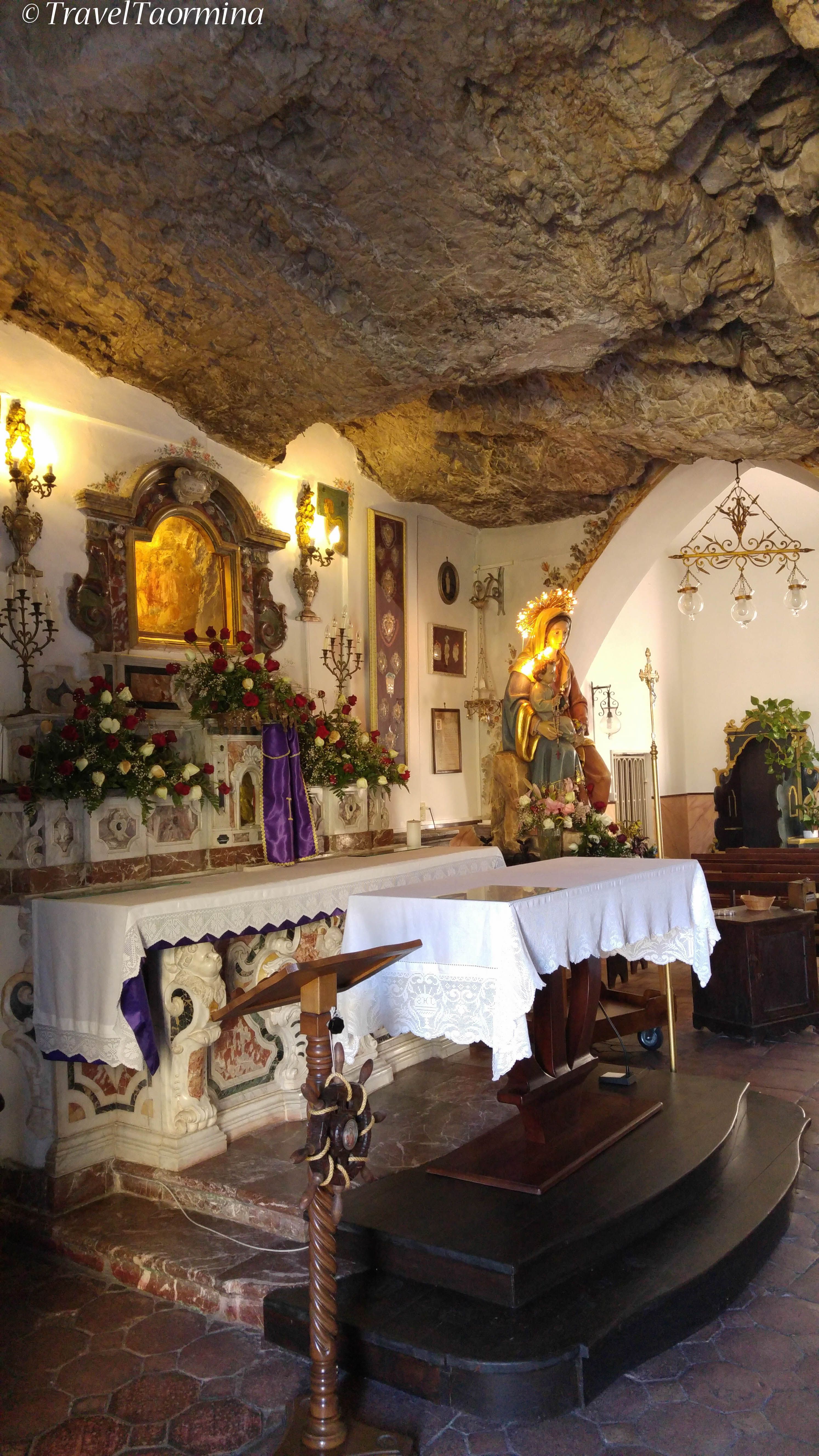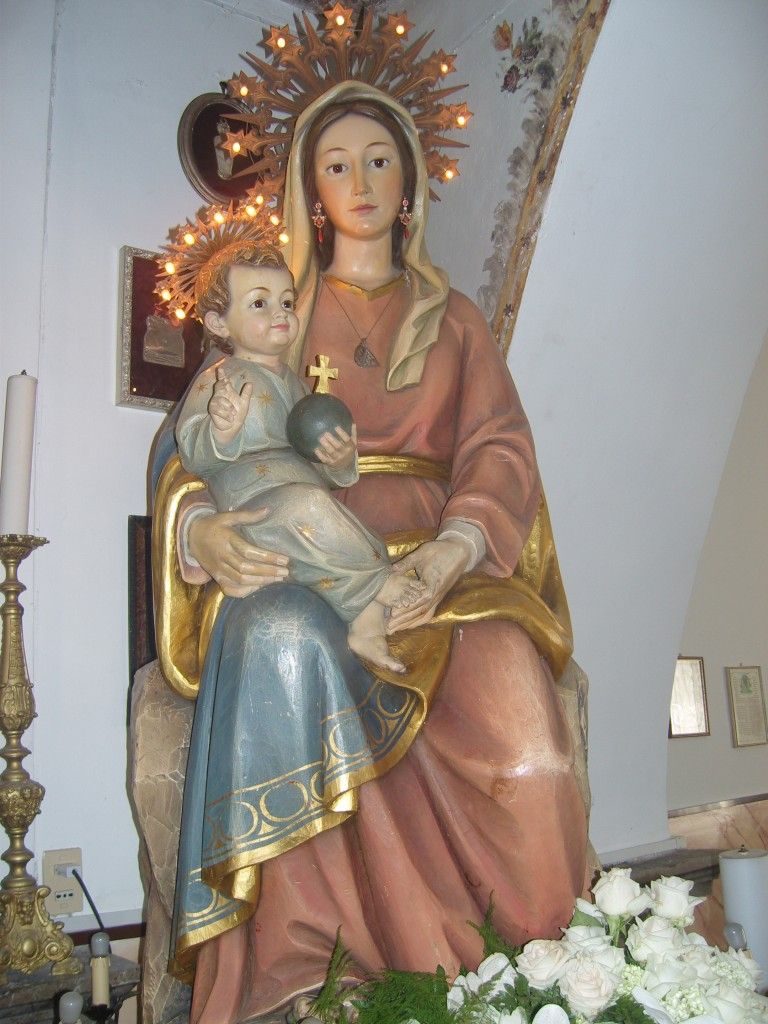Church of Madonna della Rocca in Taormina
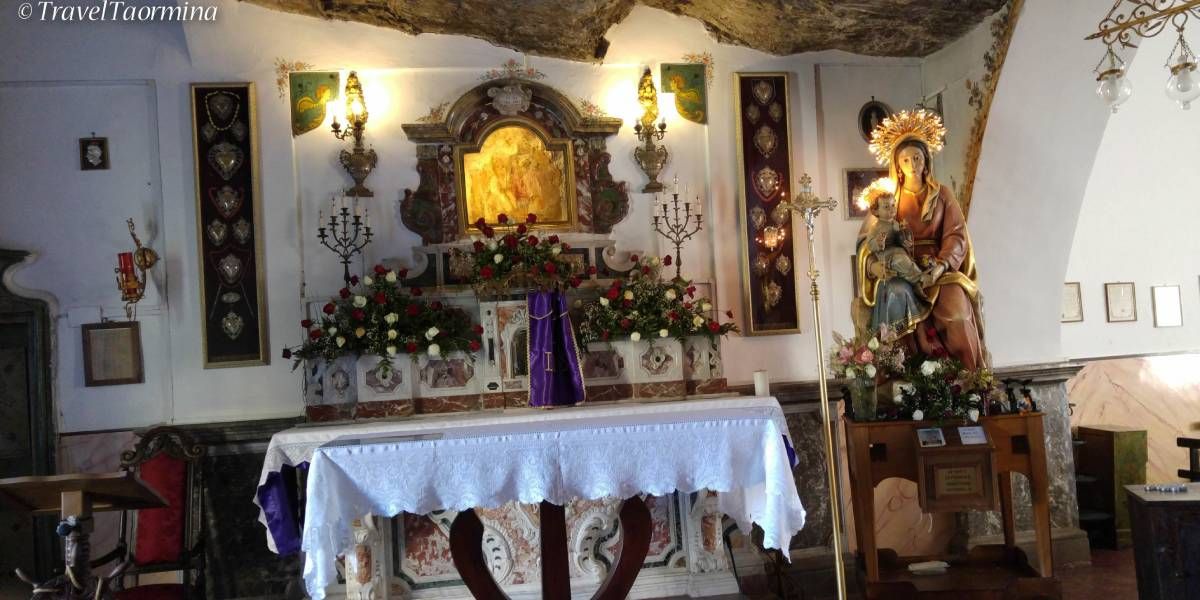
The Madonna della Rocca church is located on the mountain overlooking Taormina, a few steps from the Saracen castle.
The church of Madonna della Rocca, so called because built on the rock, was founded by Abbot Francesco Raineri with the help of the Archbishop of Messina Geronimo Venero, around 1640.
Next to the Sanctuary of S. Maria della Rocca, there was a small monastery (of the orderof the Basilian), now abandoned, in which religious retreated to pray and do penance as a hermit.
The origin of the Sanctuary of S. Maria della Rocca is also linked to a legend.
It says that a young shepherd boy from the nearby village of Mola was feeding the flock on the mountain, when suddenly a storm forced him to take refuge with the sheep in the nearby cave.
While lightning terrorized him and he was about to lose courage, he saw a beautiful lady dressed in blue who comforted him and reassured him that the sun would appeared soon.
In fact, the storm ended soon. The parents were worried about the fate of their son, so they ran to go and look on the castle rocks, but they found him cheerfully next to the sheep, who had gathered around him. The boy told him what he had suffered, and what he had seen in the cave.
A lot of people wanted to see the place and they noticed that on the rock, right where the shepherd boy saw the lady dressed in blue, was impressed the figure of the Madonna, which they called Madonna della Rocca.
Warned the religious authorities of Taormina, the bishop went there to see the prodigy and in that place was built a church, which has for walls and roof the stone of the cave.
The architecture of the Shrine of Madonna della Rocca is very modest and rustic; it is a low building with a single compartment, in the façade there is the door that has threshold, jambs and lintel in stone of Taormina, and two symmetrical windows, standing next to another lower building for services and the Sacristy of the church.
Behind the church there is a small hermitage, abandoned from a lot of years and disused,while on the southeast side there is an open space that was the kitchen garden of the hermits, and is located on the edge of the cliff on which stands the church. On the edge of this plaza is a large concrete cross, which dominates the whole Taormina and it is visible from all sides.
This Cross was built in 1930, during a mission of the Redemptorist Fathers, religious congregation founded in 1732 by St. Alfonso Maria de' Liguori.
The Madonna della Rocca's Day falls on the third Sunday of September, and it is still celebrated with great solemnity.
ADDRESS
Via Madonna Rocca (1.5 km from the center going in the direction of Castelmola)
PHONE: +39 338 8033448 (Cannavò Michele)
TIMETABLE VISITS
WINTER TIME
From 9:30 to 12:30.
SUMMER TIME
From 9:30 to 12:30 and from 16:00 to 19:30.
TIMETABLE MASSES
Every 3° sunday of the month: 9:30.
RATES
Free entrance.
Related articles
Greek Theatre
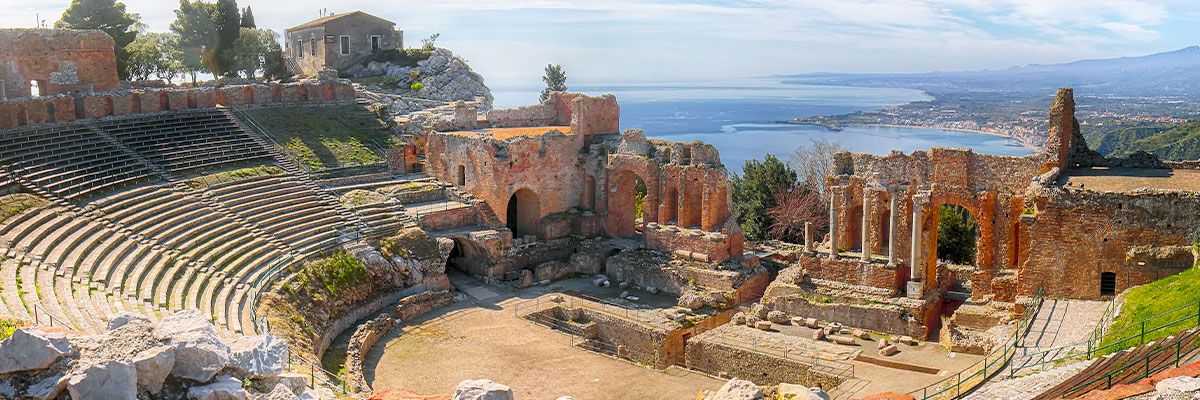
Corso Umberto I
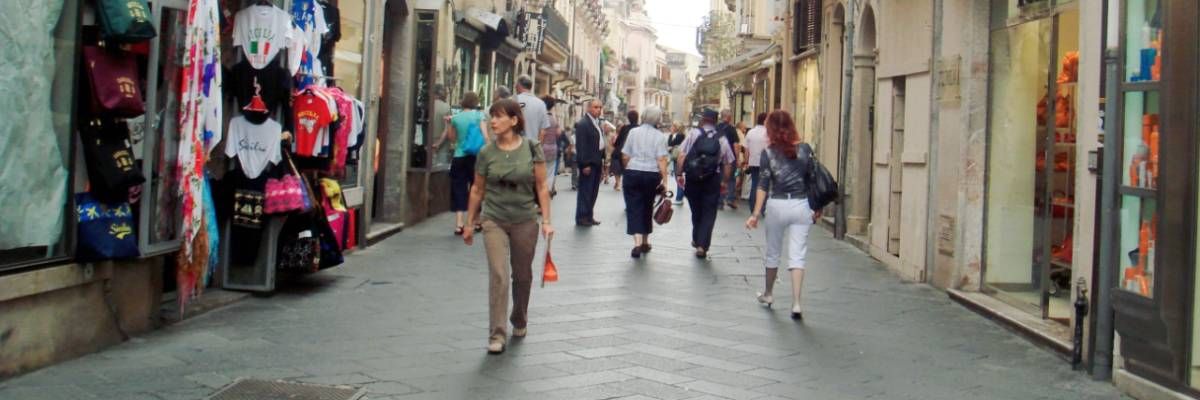

 English
English  Italiano
Italiano 
